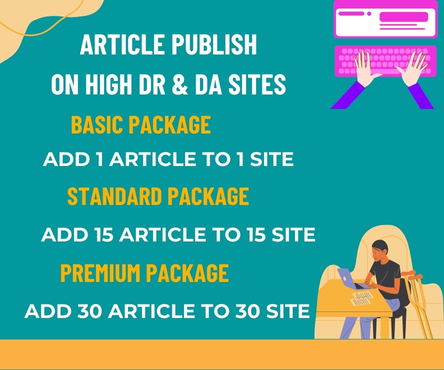Hair loss affects millions of people worldwide, causing frustration and loss of confidence. Traditional solutions often include hair transplant surgery or chemical treatments, but many are now turning to non-invasive options like PRP hair therapy. This innovative treatment harnesses the body’s natural healing power to stimulate hair growth and improve hair density without surgery.
Understanding PRP Hair Therapy
Platelet-rich plasma therapy, commonly known as PRP therapy, uses a patient’s own blood to promote hair regrowth. The procedure begins with a small blood sample drawn from the patient. This blood is then placed in a centrifuge to separate the platelet-rich plasma from other components. Platelets are rich in growth factors that can stimulate hair follicles and enhance the natural hair growth cycle.
How PRP Stimulates Hair Growth
Once the plasma is extracted, it is injected into areas of thinning hair on the scalp. The growth factors contained in PRP help activate dormant hair follicles, encouraging them to produce stronger and thicker hair. Unlike medications or topical treatments, PRP works directly at the follicular level, providing a natural approach to hair restoration. Patients often notice improvements in hair texture and density within a few months of treatment.
Benefits of PRP Hair Therapy
PRP hair therapy offers several advantages over surgical procedures. Since the treatment is non-invasive, there is minimal downtime and a lower risk of complications. Patients do not need general anesthesia, and there are no visible scars, making it an attractive option for those who prefer a natural approach. Additionally, because PRP uses the patient’s own blood, the risk of allergic reactions or infections is extremely low.
The treatment is also versatile, suitable for both men and women experiencing different types of hair loss. Whether hair thinning is due to genetics, stress, or hormonal changes, PRP can support the scalp’s natural ability to regenerate hair. Many patients combine PRP therapy with other hair care practices for enhanced results, including healthy nutrition, gentle hair care products, and lifestyle adjustments that reduce stress.
What to Expect During Treatment
A typical PRP session lasts about 45 to 60 minutes. After a local anesthetic is applied to minimize discomfort, the PRP is carefully injected into the scalp. Most patients experience mild soreness or swelling, which usually subsides within a few days. For optimal results, multiple sessions are often recommended over several months, followed by periodic maintenance treatments.
Conclusion
PRP hair therapy provides a safe and effective alternative to traditional surgical hair restoration methods. By utilizing the body’s natural healing processes, it stimulates hair growth, improves hair density, and enhances overall scalp health. For individuals seeking a non-invasive solution to hair thinning, PRP offers a promising path toward achieving fuller and healthier hair without the need for surgery.

